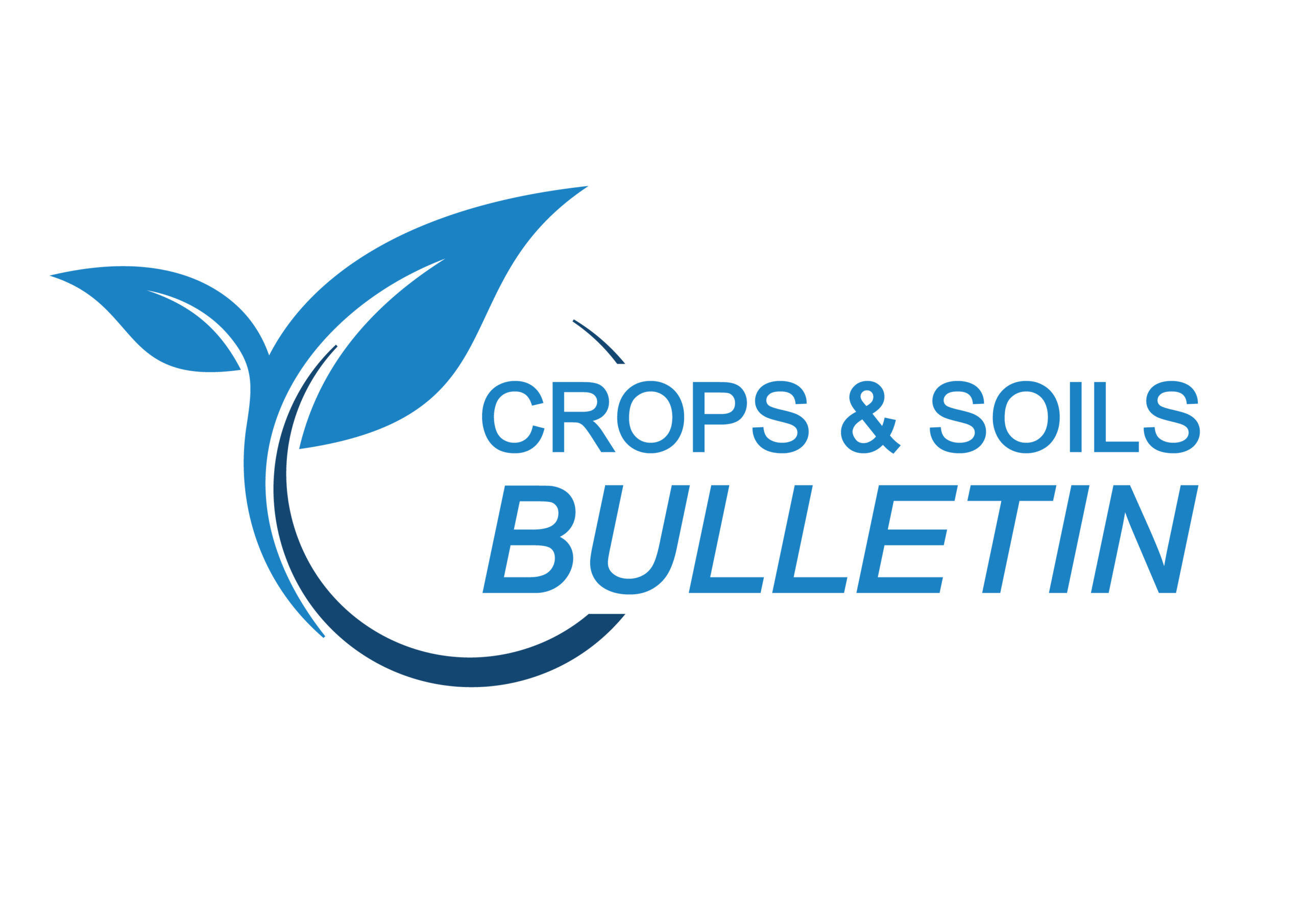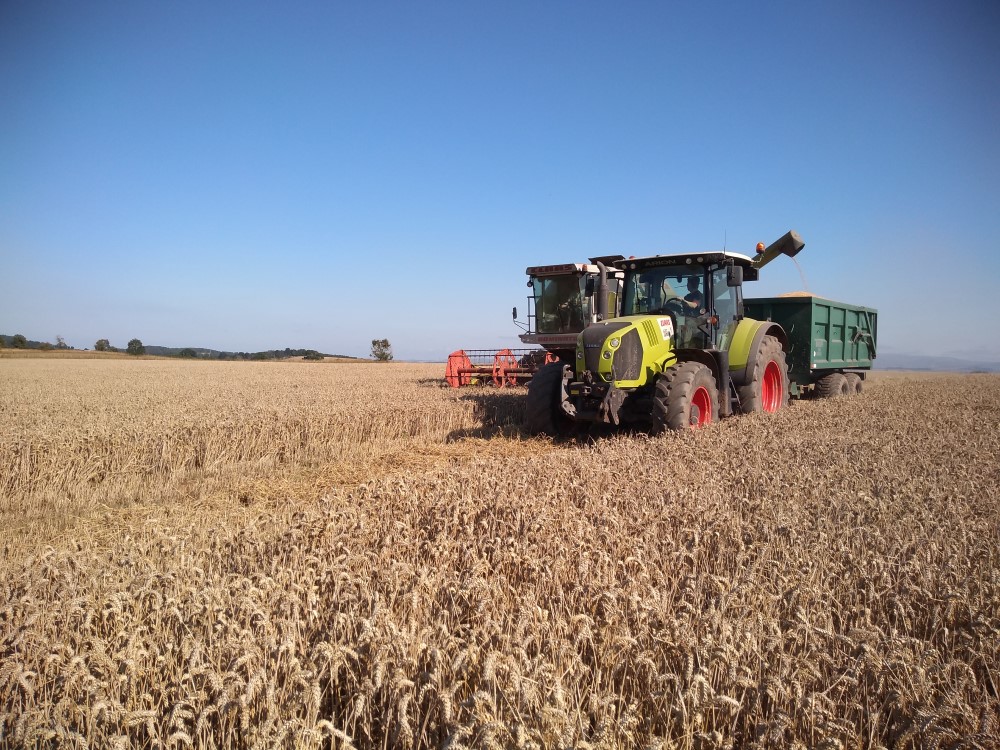Handling Grain for Analysis & Storage
23 August 2023With harvest in full swing, it is sometimes easy to forget the importance of accurate sampling monitoring and record keeping. This article highlights some of the key things to consider both during harvest and post-harvest, with links to further resources.
Measuring grain yield
Yield monitors are commonplace on modern combines and if calibrated correctly can provide an effective average evaluation of yield, however variations in specific weights across fields, can reduce accuracy of yield monitors, something which may be a concern this harvest, particularly with high incidents of secondary tillers and uneven ripeness at harvesting.
For growers without a yield monitor, or for those wanting to improve accuracy, other options are available. Grain trailers now come with the option of an on-board weigh system, which can also be retrofitted to existing trailers.
For growers with access to a local weighbridge, weighing loads between fields, would allow for variations to be identified. Portable axle scales (portable steel platforms) might also be worth consideration, especially if they can be shared.
Your recorded tonnage can be adjusted to 14% moisture for cereals (85% DM) and 8% for OSR, ultimately allowing you to determine your crop yield. The AHDB grain moisture calculator allows this to be easily calculated. Grain moisture calculator | AHDB
Example: 1 tonne of wheat harvested at 18% moisture = 0.95 tonne when adjusted to 14% moisture.
Grain sampling
It is good practice to have a collection bucket for each field. Samples should ideally be taken from trailers as they are being tipped, with the moisture recorded. The recommended level for longer-term storage is below 14.5% moisture content for cereals and 7.5–8% for rapeseed.
It is good practice to avoid tipping trailers with a higher moisture content (loads from headrigs or green tramlines) at the back of the shed with poor subsequent access or next to walls and corners, as there is greater risk of heat developing.
The level of testing required for grain quality, will be determined by the intended market/contract or quality assurance scheme, so make sure to understand your requirements. Such tests may include, protein/nitrogen, specific weight, germination & Hagberg falling number.
Full details on sampling can be found by reading the AHDB sampling guide Grain sampling guide (2022).pdf (windows.net)
Grain nutrient analysis
Grain nutrient analysis is still a relatively new approach, for farmers seeking to better understand nutrient uptake across their farm. The idea was pioneered by ADAS and the Yield Enhancement Network (YEN) who have been recording grain nutrient results across the UK since 2016 and has since developed into a useful management tool.
Gain analysis is a post-mortem of harvest. It can be used to indicate both nutrient deficiency and over supply during a particular growing season e.g., how well was your applied nitrogen (in bagged fertiliser & FYM) utilised by the plant.
A new FAS technical note (TN762) has been produced, which provides guidance on how to take samples, critical values and how best to interpret the results here.
Grain analysis can either be conducted by the SAC Consulting analytical services, YARA, or by entering the ADAS initiative YEN nutrition. YEN Nutrition | Grain analysis and benchmarking (adas.co.uk)
Grain storage
When in store, it is important to monitor grain temperature and moisture. Grain is a good insulator and will lose heat slowly. Grain cooling starts in the drier with further ventilation into store with floor ventilation or grain spears. High moisture in stored grain promotes the development of moulds and mites. A rising grain temperature can also encourage the production of a storage mycotoxin – Ochratoxin A.
Full details on storage can be found by reading the following AHDB storage guide Grain Storage Guide (2023).pdf (windows.net)
George Gauley, SAC Consulting, St Boswells
Sign up to the FAS newsletter
Receive updates on news, events and publications from Scotland’s Farm Advisory Service


